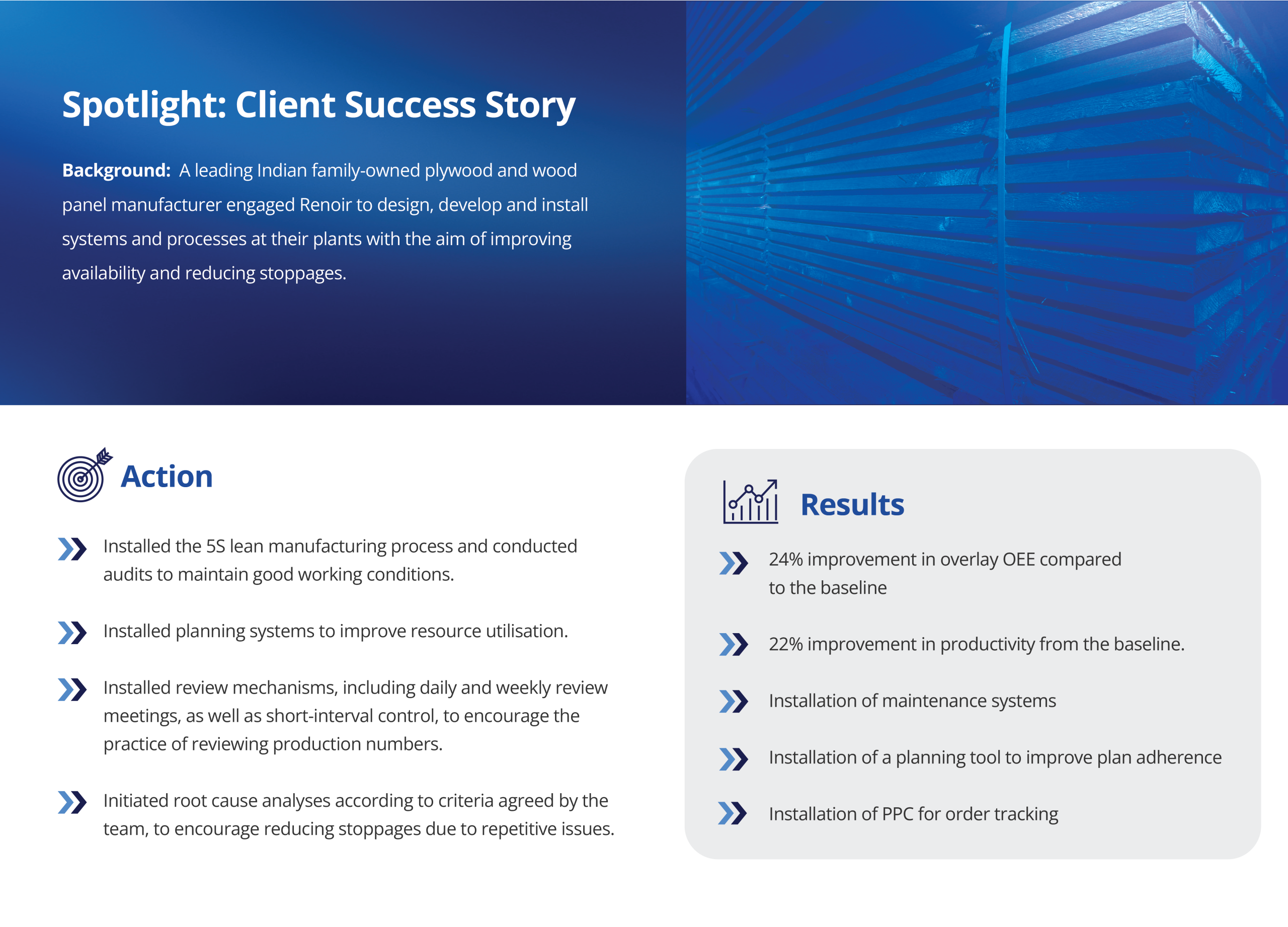Indian manufacturers tend to view all costs as variable and prioritise immediate returns. Typically, they follow the ‘1 by 3 Principle’, aiming to recover investments within three years. After achieving this, less attention is paid to fixed costs and productivity KPIs. This can compromise operational efficiency in favour of production-linked capital expenditure. This pragmatic approach reflects the competitive pressures and cost challenges faced by Indian enterprises, focusing on quick ROI.
In addition, most of these Indian enterprises are also family-owned. They therefore follow this principle and favour near-term results to ensure business continuity for future generations.

Read more about the case study here
This short-term financial mindset could hinder the achievement of manufacturing excellence and influence decisions regarding new investments, operational improvements and the adoption of technology.

Cost savings through operational efficiency for manufacturer

Paper mill cuts material loss by 300% with maintenance planning

Cost savings through operational efficiency for manufacturer

Paper mill cuts material loss by 300% with maintenance planning
Ready for a change in your organisation?
How to Achieve Manufacturing Excellence
Indian companies can implement targeted strategies that address the common focus on short-term gains, while also building the foundations for long-term growth. This will help them achieve manufacturing excellence. Key implementation strategies include:
1. Implement a rigorous, multi-level MCS with financial and operational KPIs
This strategy addresses the tendency to neglect fixed costs and productivity KPIs once the initial short-term investment has been recovered. Implementing MCS should help achieve short-term gains (quick ROI). Specifically for Indian manufacturers, this includes installing scorecards and reviewing systems to ensure discipline and a results-oriented approach.
The MCS also focuses on establishing a long-term foundation for achieving manufacturing excellence. It establishes formal review structures at all hierarchical levels and uses KPIs and scorecards to ensure alignment throughout the organisation. This creates accountability for metrics relating to long-term operational efficiency and fixed cost utilisation.
2. Shift maintenance focus to proactive reliability and asset utilisation
Indian manufacturers may prioritise production-linked capital expenditure over operational efficiency. This strategy focuses on maximising the lifespan and output of existing fixed assets by shifting funds away from emergency capital expenditure towards efficiency improvements.
This strategy involves implementing fundamental maintenance systems, such as preventive maintenance schedules and downtime trackers. In the long term, adopting a structured approach and identifying the root causes of failure could help the business preserve its fixed assets. A focus on planning, preparation and continuous maintenance improvement ensures increased long-term plant availability and operational reliability, thus maximising returns from past capital expenditure.
3. Embed systemic change and ownership through workforce engagement and training
A key weakness of the ‘1 by 3 Principle’ is that attention to efficiency tends to wane after three years. This threatens the continuity of improvements, particularly within family-owned structures, where adherence may depend on the core leadership team.
Intensive stakeholder engagement through the Renoir Focus Process methodology, for example, which involves employees at all levels in defining and taking ownership of solutions, can overcome internal resistance.
In the long term, training and on-the-job coaching can help employees understand the reasons behind changes and equip them with the new skills needed to use new technologies effectively. Manufacturers can adapt more easily to evolving operational demands when they develop their workforce’s capabilities.

Renoir has over three decades of experience working with more than 300 companies to help them achieve operational excellence. Some of these are repeat engagements from the same company. We work closely with our clients’ employees to assess their as-is situation before providing customised solutions.
Drive Long-Term Growth, Beyond Quick Wins










